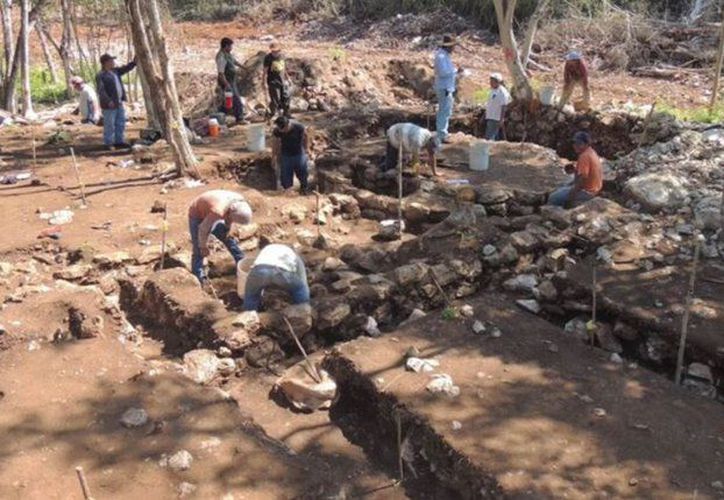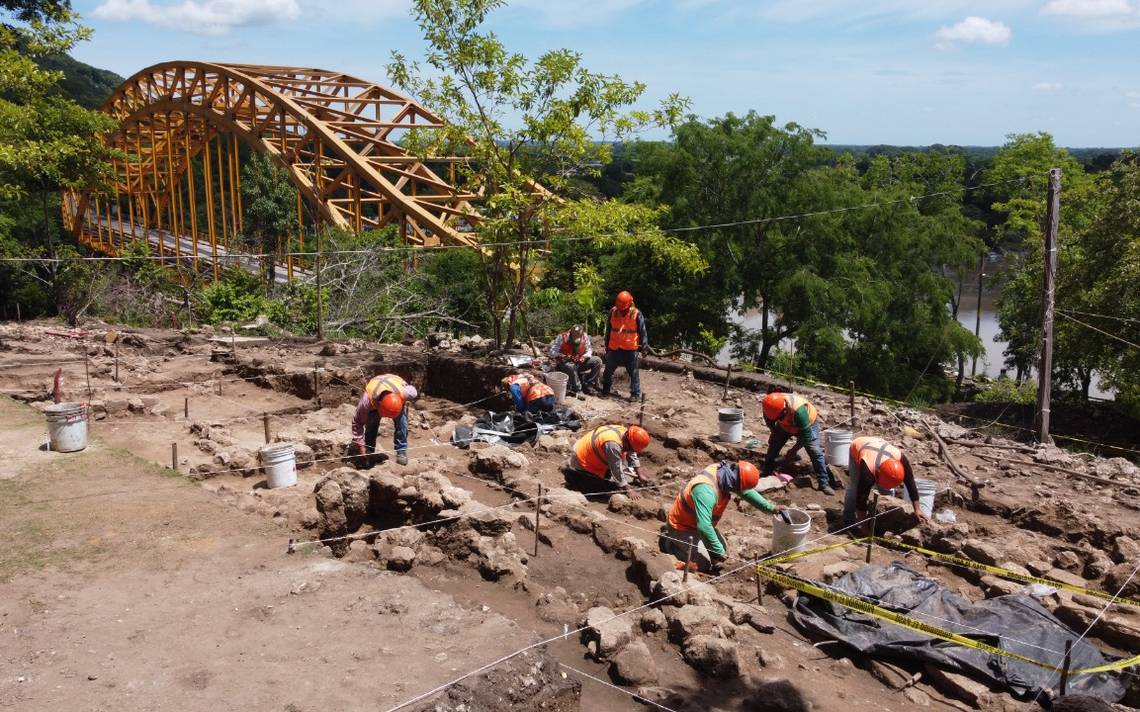Mérida, Yucatán, (October 26, 2021).- The archaeological findings of the Maya Train will be exhibited in two new museums, one in Chichén Itzá and another on the Puuc Route, said the anthropologist and director of the National Institute of Anthropology, Diego Prieto Hernández, at a virtual press conference in the presence of the secretary of federal culture, Alejandra Frausto Guerrero.
Prieto Hernández explained that this same year he will request the resource to create the museums, as well as the preliminary idea from the National Fund for the Promotion of Tourism (Fonatur) and the Ministry of Culture so that in 2022 they carry out the construction work and in 2023 both begin operations and are open to the public.
He stressed that they did not consider the second museum in Uxmal, being the most important Maya building on the route, but in Kabah, with the aim of creating a route and that visitors attend the seven archaeological zones that make up the Puuc Route.
“Many of the rescued pieces can go to these two museums, it could also be in the Mayan Museum of Cancun, we could enrich the archaeological theme of the Palacio Cantón Museum and the Gran Mundo Maya Museum, which is not from the INAH, but has conditions that could get rich ”

He also stressed that some pieces may be destined for community museums since several groups have requested them.
“The idea is no longer that everything comes to Mexico City, or that everything goes to the state capitals, but that the pieces are preferably in an area close to their context”
Frausto Guerrero agreed that the pieces must remain where they were found since they are physical witnesses of civilization and contact with the young generations of the communities is important.
“They will be ideal spaces so that this narrative that seems like a puzzle that is being put together can be completed, but it is important that it is close to the communities to which they come”
The material found entails cleaning, ordering, and classification work, then, it is necessary to divide between the pieces that already offered all the necessary archaeological information and that are not intended for conservation or museum exhibition, this material is inhumed, said Prieto.

However, there are hundreds of pieces that do have the destination of the exhibition due to their archaeological value, this material is the one that receives a conservation and restoration treatment with the criterion of minimal intervention.
More than 17 thousand finds
The anthropologist explained that, so far, 17 thousand 79 monuments have been registered from salvages and surface tours, of which 15 thousand 585 are immovable monuments, such as vessels, grinding stones, and other concentrations of materials.

The most relevant finds have been those of Boca del Cerro, due to its commercial enclave, and Section 2 highlights the site of Cruz de Rovira from the Classic period that stands out for the number and size of its constructions; Likewise, in the north the discovery of the old Viceregal road that communicated Campeche with the city of Mérida stands out.
The INAH will no longer request modifications to the line, since they already have good views of sections 1,2,3,4, and 5 of the Maya Train, and they will be able to begin work to lay the railway network.
The progress so far in these sections is 78.21 percent, that is, 760 km of work in prospecting and excavation works.

Finally, he mentioned that important research work will continue by a team of specialists.
“Once these salvage processes are carried out, the pieces are taken to the laboratories where they are stabilized, and there begins something that excites us a lot, which is the investigation. The research process carried out at the INAH is what has revealed to us during all these years, that cultural wealth that we have ”
Source: La Jornada Maya
TYT Newsroom


